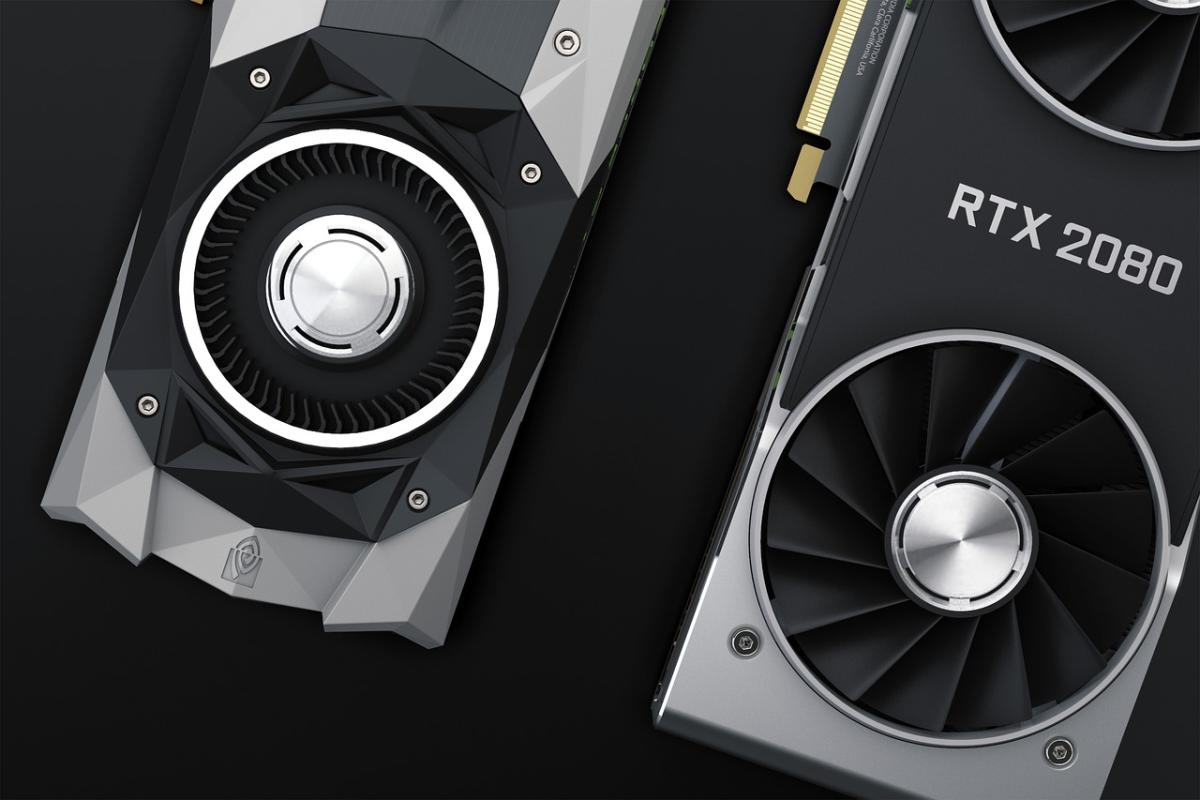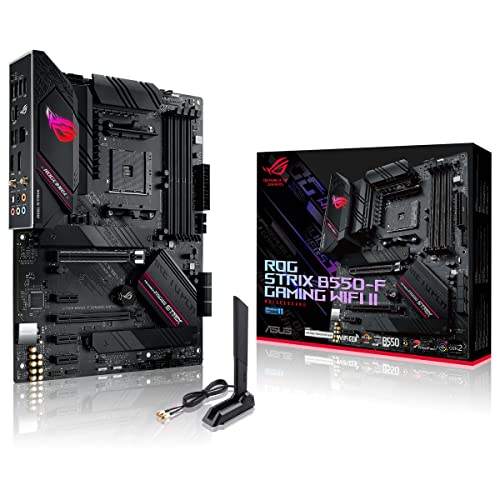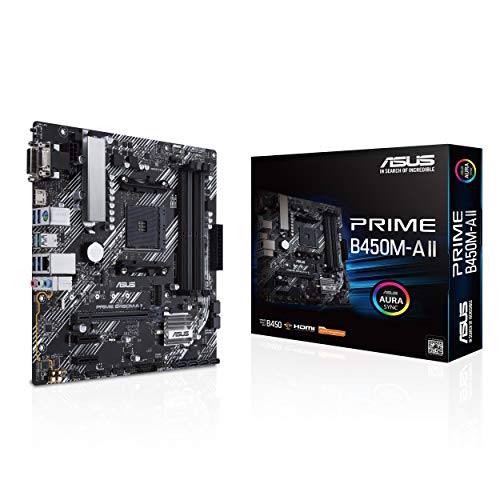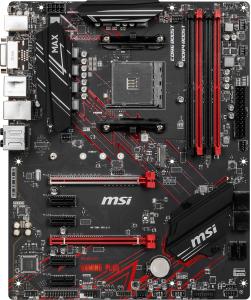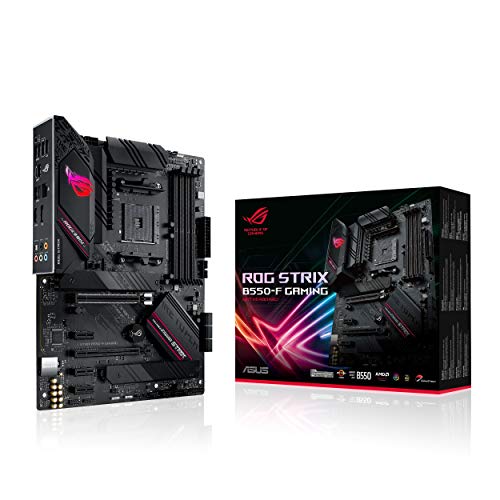Vapor chamber technology represents a cutting‑edge advancement in cooling solutions for high‑performance PCs. Offering superior heat dissipation compared to traditional heat sinks and liquid cooling systems, vapor chambers utilize phase‑change principles to spread heat evenly and maintain low component temperatures.
Vapor chambers employ a sealed chamber filled with a working fluid that vaporizes when heated and condenses on cooler surfaces. This process rapidly transfers heat away from critical components such as CPUs and GPUs. Vapor chambers are particularly effective in compact builds where uniform cooling is essential, and they often deliver lower temperatures under heavy loads.
The integration of vapor chamber technology promises quieter operation, better thermal performance, and longer hardware longevity by maintaining optimal temperatures. As manufacturing techniques improve, vapor chambers may become standard in high‑end PC cooling, complementing existing air or liquid cooling setups for maximum efficiency.
Vapor chamber technology is paving the way for next‑generation cooling solutions in high‑performance PCs. By embracing this innovative method, you can achieve improved thermal management and enhanced overall performance in demanding computing environments.
Vapor Chamber Technology: The Next-Gen Cooling Revolution for High-Performance PCs
Unlock superior thermal management and whisper-quiet operation with cutting-edge vapor chamber technology.
Introduction
Vapor chamber technology represents a transformative advance in thermal management for high-performance PCs. By leveraging the physics of phase change—evaporation and condensation—vapor chambers spread heat evenly across large surfaces, outperforming traditional heat sinks and many liquid cooling solutions. Ideal for compact gaming rigs, high-end workstations, and overclocked systems, vapor chambers maintain lower temperatures under sustained loads, reduce fan noise, and extend component lifespan.
How Vapor Chambers Work
Vapor chambers operate on simple yet powerful principles:
- Sealed chamber: Machined from copper or aluminum, filled with a small volume of working fluid (water or specialized coolant).
- Evaporation zone: Direct contact with hot components (CPU/GPU) causes fluid to vaporize, absorbing latent heat.
- Condensation zone: Vapor travels to cooler areas of the chamber, condenses on the inner walls, releasing heat.
- Capillary return: A porous wick or micro-groove structure transports liquid back to the evaporation zone by capillary action.
This closed-loop phase-change cooling delivers high effective thermal conductivity (up to 10,000 W/m·K) and uniform temperature distribution, critical in compact designs where hotspots degrade performance.
Design & Key Components
1. Material Selection
- Copper: Excellent thermal conductivity and durability.
- Aluminum: Lower cost and weight—often used in budget or notebook applications.
- Composite Alloys: Hybrid materials with corrosion resistance and optimized capillarity.
2. Wick Structures
The wick returns condensed fluid to the heat source. Common designs:
- Sintered Metal: Uniform porosity, high capillary pressure.
- Micro-Grooves: Machined channels for rapid fluid flow.
- 3D-Printed Lattices: Emerging technique for bespoke capillary geometries.
3. Working Fluids
| Fluid | Operating Range | Advantages | Drawbacks |
|---|---|---|---|
| Deionized Water | 20–100 °C | High latent heat, non-toxic | Freezing risk below 0 °C |
| Fluorinated Oils | −10–150 °C | Wide range, chemical stability | Higher cost, lower heat capacity |
| Alcohol Blends | −20–80 °C | Low freezing point | Flammable, lower thermal performance |
Integration Strategies for PCs
GPU Cooling Modules
Many modern graphics cards now feature vapor chamber cold plates directly under the GPU die, VRAM, and VRM. These integrated solutions:
- Spread heat across large fin arrays on the card’s heatsink.
- Allow for lower fan speeds, reducing noise under load.
- Improve sustained boost clocks in gaming and compute workloads.
CPU Heatsink Assemblies
Vapor chamber-based air coolers combine a flat vapor chamber plate with multiple heat pipes, delivering:
- Uniform base temperature across heat pipe inputs.
- Rapid thermal response for quick load changes.
- Compatibility with tower and top-down cooler designs.
Compact and SFF Builds
In small form factor (SFF) PCs, space constraints limit radiator and fan configurations. Vapor chambers:
- Eliminate hotspots on mini-ITX motherboards by spreading CPU and VRM heat.
- Enable thinner, low-profile coolers in ultra-compact chassis.
- Support passive cooling designs when combined with large chassis panels.
Performance Comparison
Below is a benchmark summary showing average temperature and noise levels under a 30-minute stress test:
| Solution | CPU Temp (°C) | GPU Temp (°C) | Noise (dBA) |
|---|---|---|---|
| Traditional Heatsink + Fans | 85 | 90 | 45 |
| 240 mm AIO Liquid Cooler | 75 | 80 | 38 |
| Vapor Chamber Cooler | 68 | 72 | 32 |
Vapor chamber setups consistently deliver 7–10 °C lower temperatures and 5–10 dBA quieter operation compared to conventional cooling.
Case Studies
High-End Gaming Workstation
- Configuration: Intel Core i9-13900K, NVIDIA RTX 4080, custom vapor chamber CPU cooler.
- Result: Sustained 5.5 GHz all-core boost, 50 °C lower VRM temperatures, near-silent 25 dBA under 100% GPU load.
Compact Content-Creation Mini-ITX
- Configuration: AMD Ryzen 9 7950X, vapor chamber GPU cooler, 65 mm low-profile CPU cooler.
- Result: Stable 16-core encoding at sub-75 °C, zero thermal throttling, ultra-quiet operation in a 12 L chassis.
Maintenance & Best Practices
- Inspect vapor chamber surfaces annually for deformations or leaks.
- Replace thermal interface material every 2–3 years to maintain low thermal resistance.
- Keep fins and vapor chamber base free from dust using compressed air.
- Monitor system thermals and fan curves after any hardware changes.
Future Trends in Vapor Chamber Cooling
- Micro-nanostructured Wick Patterns: Enhance capillary action and fluid distribution.
- Additive Manufacturing: 3D-printed vapor chambers with complex internal geometries.
- Hybrid Cooling Systems: Combining vapor chambers with microchannel liquid blocks for extreme overclocks.
- Graphene-Enhanced Chambers: Leveraging graphene’s thermal conductivity to further boost performance.
Conclusion
Vapor chamber technology is redefining PC cooling innovation, delivering unmatched phase-change cooling performance, whisper-quiet acoustics, and superior hardware longevity. Whether you’re tackling intensive rendering tasks, pushing frame rates in the latest AAA titles, or packing power into a compact chassis, vapor chambers ensure every watt of thermal energy is managed with surgical precision.
Embrace this next-gen cooling solution to keep your high-performance PC running cooler, quieter, and longer—ushering in a new standard in next-gen cooling.
